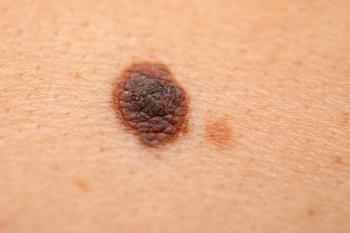
Brand Rx drug spending rises; overall spending growth steady
A new report looks specifically at spending on healthcare for the privately insured in the U.S in 2014. Here are the findings.
Per capita healthcare spending for the population younger than age 65 and covered by employer-sponsored insurance (ESI) has been growing at fairly steady rates over the last five years, according to a
In 2014, spending grew 3.4% to $4,967 per capita, according to the report. Healthcare spending increased because of rising average price of services, while at the same time, the use of services declined. The only exception that HCCI found was with generic prescriptions: use of generic prescriptions rose in 2014.
Related:
Frost
“The privately insured population in the U.S. is quite large, and represents a sizable portion of money spent on healthcare,” says Amanda Frost, PhD, MA, senior researcher at the HCCI. “It is important to understand what healthcare services this population is using, and how much money is being spent on them. Much of what we know about the U.S. healthcare system comes from Medicare data. But the ESI population is different than the Medicare population in many important ways. The HCCI data in general, and this report specifically, allows a greater understanding of the ESI population, and provides an opportunity for unique comparisons to other populations.”
Here are six takeaways from the report:
- Spending per capita on healthcare rose due to increasing prices.
- The use of most types of services declined in 2013 and 2014. Only use of generic prescriptions rose in 2013 and 2014.
- Consumer out-of-pocket spending has been rising every year, but out-of-pocket spending growth has been slowing. And out-of-pocket spending by women aged 55 to 64 years declined in 2014, because of lower spending out of pocket on hospital admissions and prescriptions drugs (especially brand prescriptions).
- Spending on brand drugs increased by $45 in 2014 (to $593 per capita), compared to an $11 increase in spending in 2013.
- Much of the spending increase in 2014 can be linked to spending on three brand prescriptions used to treat hepatitis C (Harvoni, Olysio, and Sovaldi). Per capita spending on these drugs was $29.60 in 2014. In comparison, spending on all other brand anti-infective agents was $52.10 in 2014.
- At the same time, the use of brand prescriptions has been falling over the last several years. The number of filled days of brand prescriptions per 1,000 individuals fell 15.6% in 2014. The increase in spending on brand prescriptions is due to increases in the average prices of these drugs, which rose 28.1% in 2014.
Newsletter
Get the latest industry news, event updates, and more from Managed healthcare Executive.




















































